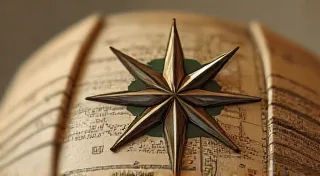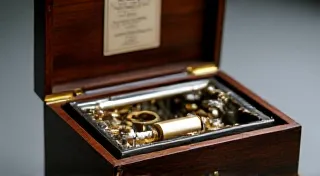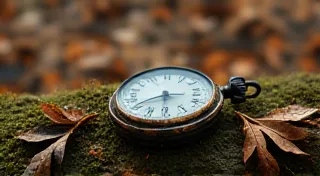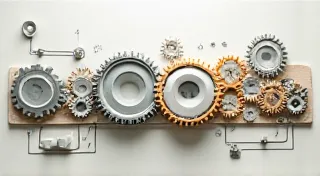The Ghost in the Machine: Automata and Mechanical Marvels of Antique Board Games
There's a particular thrill that accompanies holding an antique board game. It's not merely the allure of nostalgia, the faded colors, or the tactile satisfaction of aged cardboard. It's something deeper, a feeling of connection to the ingenuity and craftsmanship of a bygone era. And when those games incorporate mechanical elements – when gears whir, dice tumble automatically, and miniature figures dance across the board – that feeling amplifies tenfold. These aren’t just games; they are miniature mechanical marvels, tangible echoes of the inventors and players who came before.
My own fascination with these mechanical games began, predictably, with a dusty box unearthed at a flea market. It wasn't a household name, but “The Racing Game,” a circa 1920s game featuring a clockwork-driven race car that moved around a circular track. The wind-up mechanism was stiff, the paint chipped, but the possibility of breathing life back into it felt incredibly compelling. It's a sentiment I now recognize as shared by countless collectors captivated by the 'ghost in the machine' – the latent energy waiting to be awakened.
The Dawn of Automated Play
The late 19th and early 20th centuries were a period of remarkable technological advancement. The age of automation was dawning, and its influence permeated all aspects of life, including leisure. Board games, originally reliant solely on human interaction, began to incorporate intricate clockwork mechanisms to add an element of unpredictability and spectacle. These early attempts weren't always successful – some were overly complex, others prone to failure – but they represented a genuine effort to push the boundaries of what a board game could be.
Consider "Automobile Race,” released around 1910. Instead of rolling dice, players wound spring-powered cars that would race along a winding track. The winner wasn’t solely determined by luck, but by the skill in winding the car and managing its momentum. These weren't just games; they were miniature demonstrations of early engineering principles, a testament to the desire to blend entertainment with innovation. The complexity involved in these games, the precision required, speaks volumes about the pride manufacturers took in their creations.
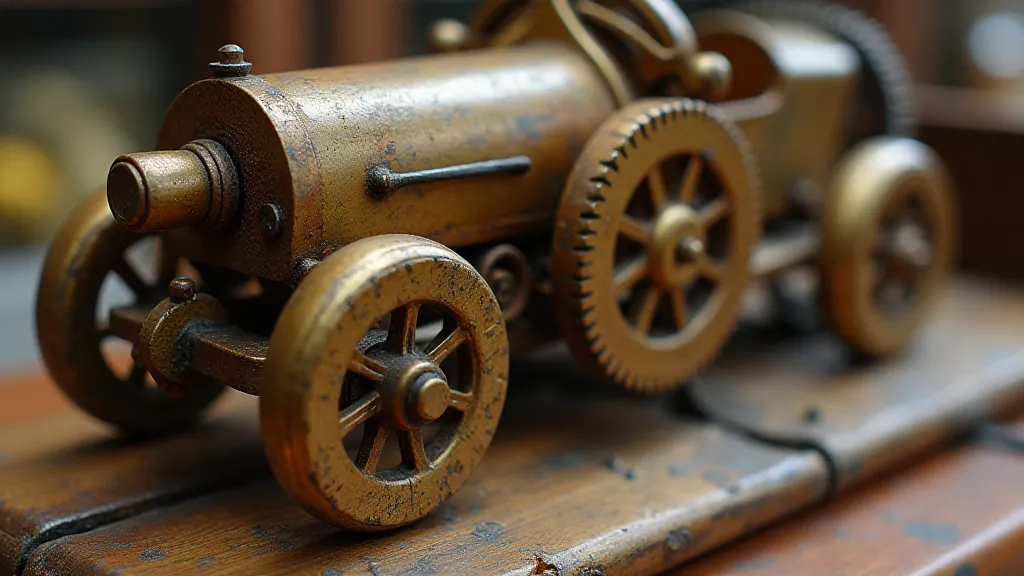
The Rise of the Novelty Game
The interwar period (1919-1939) saw an explosion in novelty games – games designed to be as much a spectacle as they were a source of entertainment. These games often employed a variety of mechanical devices: spring-powered figures, rotating drums that determined movement, and even miniature automata that performed programmed actions. "The Fortune Teller,” with its rotating disk and cryptic predictions, is a prime example. These weren't designed to be strategically deep; they were intended to be dazzling, to elicit gasps of wonder and amusement.
The creation of these games wasn’t a solitary endeavor. It required a collaboration between game designers, skilled mechanics, and often, talented artists. The artwork, frequently vibrant and detailed, served not only to enhance the visual appeal but also to convey the game’s narrative and function. The craftsmanship that went into these games was extraordinary, a far cry from the mass-produced games of today. Every gear, every lever, every painted figure was handled with care and attention.
Collecting Challenges and Preservation
Collecting these mechanical board games presents unique challenges. The delicate nature of the mechanisms means that many examples have suffered damage over time – broken gears, rusted springs, and frozen levers are common ailments. Finding replacement parts can be difficult, and restoration requires a delicate touch and a good understanding of mechanics.
One of the most rewarding aspects of collecting, however, is the opportunity to revive these forgotten treasures. It’s not about restoring them to a pristine, factory-fresh condition. It’s about preserving their character, their history, their *patina*. A little lubrication, a gentle cleaning, and sometimes, the replacement of a few key parts – and suddenly, the ghost in the machine awakens.
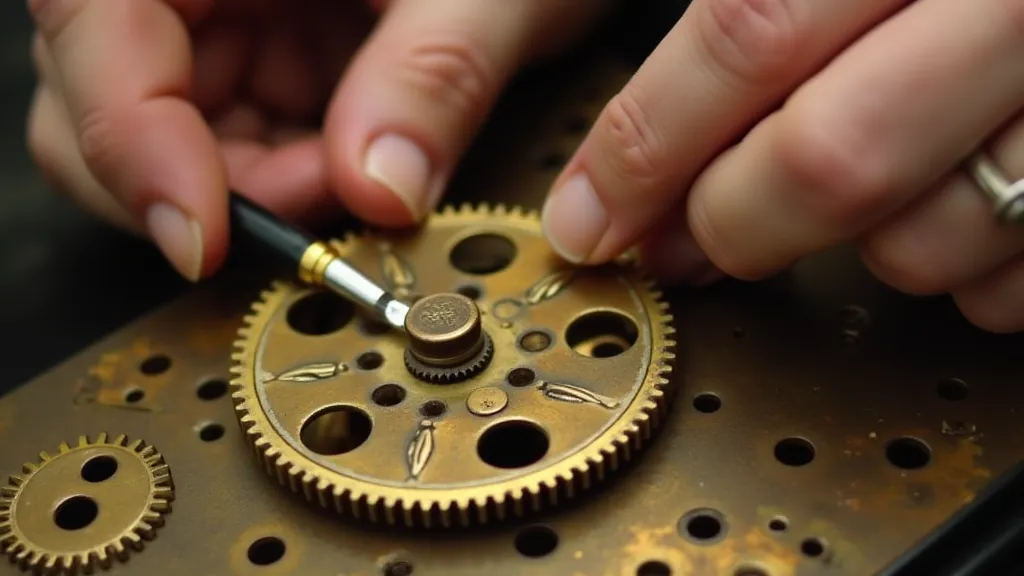
The value of these games varies considerably, depending on their rarity, condition, and completeness. A well-preserved example of a popular novelty game can fetch a significant sum, while lesser-known or heavily damaged games may be more affordable. However, for most collectors, the monetary value is secondary to the sheer joy of owning and appreciating these mechanical marvels.
Beyond the Gears: The Human Story
More than simply collecting objects, we are collecting stories. Each game represents a moment in time, a snapshot of a culture captivated by innovation and entertainment. Imagining the families gathered around the table, laughing and cheering as the miniature figures raced or the fortune teller spun its predictions – that's what truly brings these games to life.
The legacy of these antique board games extends beyond their mechanical ingenuity. They remind us of the enduring power of human creativity and the simple pleasures of shared experiences. They are tangible links to the past, offering a glimpse into a world where entertainment was often handmade, heartfelt, and full of wonder. They are reminders that even the most seemingly simple objects can hold a profound and moving history.
The thrill of finding a forgotten treasure, the satisfaction of bringing a broken mechanism back to life, the joy of sharing a piece of history with others – these are the rewards of collecting vintage board games, especially those graced with the elegant complexity of mechanical innovation.
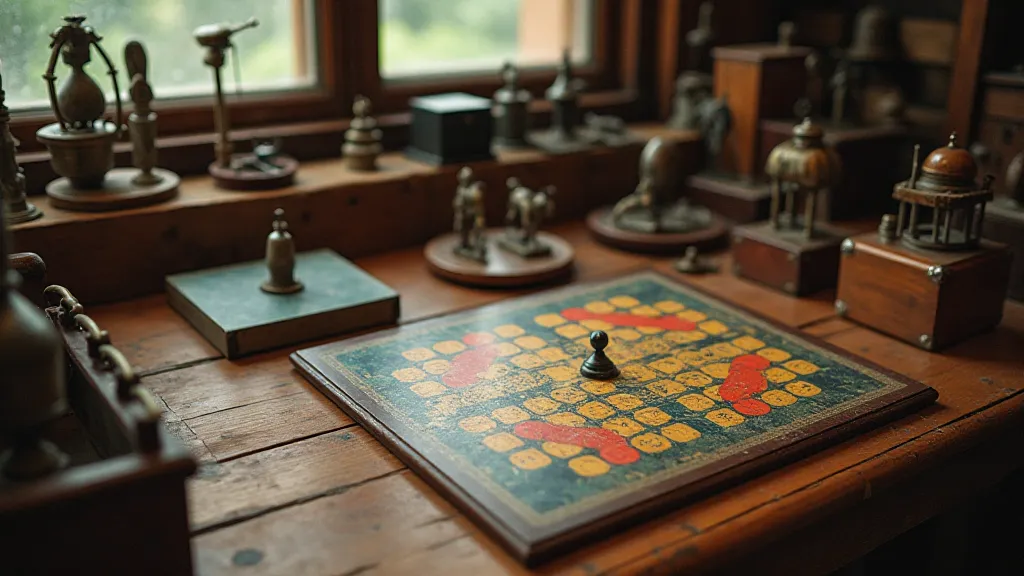
These aren’t just games; they are legacies.
